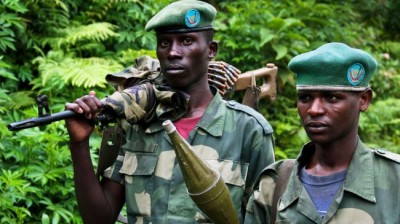
Introductory Note
Rwanda: Installing a US Protectorate in Central Africa
We feature today the incisive analysis of Milton Almadi pertaining to Rwanda and Uganda’s interference in The Congo on behalf of the U.S.
Of relevance, excerpts from my earlier research on this issue, published more than 20 years ago
From the outset of the Rwandan civil war in 1990, Washington’s hidden agenda consisted in establishing an American sphere of influence in a region historically dominated by France and Belgium. America’s design was to displace France by supporting the Rwandan Patriotic Front and by arming and equipping its military arm, the Rwandan Patriotic Army (RPA)
From the mid-1980s, the Kampala government under President Yoweri Musaveni had become Washington’s African showpiece of “democracy”. Uganda had also become a launchpad for US sponsored guerilla movements into the Sudan, Rwanda and the Congo. Major General Paul Kagame had been head of military intelligence in the Ugandan Armed Forces; he had been trained at the U.S. Army Command and Staff College (CGSC) in Leavenworth, Kansas which focuses on warfighting and military strategy. Kagame returned from Leavenworth to lead the RPA, shortly after the 1990 invasion.
Prior to the outbreak of the Rwandan civil war, the RPA was part of the Ugandan Armed Forces. Shortly prior to the October 1990 invasion of Rwanda, military labels were switched. From one day to the next, large numbers of Ugandan soldiers joined the ranks of the Rwandan Patriotic Army (RPA). Throughout the civil war, the RPA was supplied from United People’s Defense Forces (UPDF) military bases inside Uganda. The Tutsi commissioned officers in the Ugandan army took over positions in the RPA. The October 1990 invasion by Ugandan forces was presented to public opinion as a war of liberation by a Tutsi led guerilla army.
Militarization of Uganda
The militarization of Uganda was an integral part of US foreign policy. The build-up of the Ugandan UPDF Forces and of the Rwandan Patriotic Army (RPA) had been supported by the US and Britain. The British had provided military training at the Jinja military base:
“From 1989 onwards, America supported joint RPF [Rwandan Patriotic Front]-Ugandan attacks upon Rwanda… There were at least 56 ‘situation reports’ in [US] State Department files in 1991… As American and British relations with Uganda and the RPF strengthened, so hostilities between Uganda and Rwanda escalated… By August 1990 the RPF had begun preparing an invasion with the full knowledge and approval of British intelligence. 20
Troops from Rwanda’s RPA and Uganda’s UPDF had also supported John Garang’s People’s Liberation Army in its secessionist war in southern Sudan. Washington was firmly behind these initiatives with covert support provided by the CIA. 21
Moreover, under the Africa Crisis Reaction Initiative (ACRI), Ugandan officers were also being trained by US Special Forces in collaboration with a mercenary outfit, Military Professional Resources Inc (MPRI) which was on contract with the US Department of State. MPRI had provided similar training to the Kosovo Liberation Army (KLA) and the Croatian Armed Forces during the Yugoslav civil war and more recently to the Colombian Military in the context of Plan Colombia.
Militarization and the Ugandan External Debt
The buildup of the Ugandan external debt under President Musaveni coincided chronologically with the Rwandan and Congolese civil wars. With the accession of Musaveni to the presidency in 1986, the Ugandan external debt stood at 1.3 billion dollars. With the gush of fresh money, the external debt spiraled overnight, increasing almost threefold to 3.7 billion by 1997. In fact, Uganda had no outstanding debt to the World Bank at the outset of its “economic recovery program”. By 1997, it owed almost 2 billion dollars solely to the World Bank. 22
Where did the money go? The foreign loans to the Musaveni government had been tagged to support the country’s economic and social reconstruction. In the wake of a protracted civil war, the IMF sponsored “economic stabilization program” required massive budget cuts of all civilian programs.
The World Bank was responsible for monitoring the Ugandan budget on behalf of the creditors. Under the “public expenditure review” (PER), the government was obliged to fully reveal the precise allocation of its budget. In other words, every single category of expenditure –including the budget of the Ministry of Defense– was open to scrutiny by the World Bank. Despite the austerity measures (imposed solely on “civilian” expenditures), the donors had allowed defense spending to increase without impediment.
Part of the money tagged for civilian programs had been diverted into funding the United People’s Defense Force (UPDF) which in turn was involved in military operations in Rwanda and the Congo. The Ugandan external debt was being used to finance these military operations on behalf of Washington with the country and its people ultimately footing the bill. In fact by curbing social expenditures, the austerity measures had facilitated the reallocation of State of revenue in favor of the Ugandan military.
Michel Chossudovsky, June 6, 2025
U.S. Out of Africa: Voices from the Struggle.
Milton Alimadi. and AFRICOM
June 7, 2025
AFRICOM Watch Bulletin spoke with Milton Allimadi, a Uganda-born publisher of Black Star News and host of a weekly radio show on WBAI Radio in New York City. He’s a PhD student in History at Howard University. Reach him via [email protected] and follow him @allimadi via X or miltonallimadi on IG.
AFRICOM Watch Bulletin (AWB): There has been a great deal of focus on Rwanda’s interference in its neighboring Congo. Despite UN experts claiming Ugandan intelligence provided active support for M23 in 2024, there does not seem to be as much focus on Uganda. Can you speak to how Uganda has avoided more scrutiny?
Milton Allimadi (MA): I believe Congo’s president Felix Tshisekedi concluded that he could not confront both Rwanda’s Gen. Paul Kagame and Uganda’s Gen. Yoweri Museveni militarily so he decided to drive a wedge between them. He knows Rwanda wants to annex Eastern Congo as the best way to ensure that it will always be able to steal the minerals that bring in about $1 billion in annual revenue for Paul Kagame’s government. Whereas, Uganda was content to strike a deal to continue stealing resources, especially gold, without seeking to annex parts of Congo or escalating a campaign to overthrow Tshisekedi.
Uganda steals on average more than $500 million worth of Congolese gold annually. Last year it was more than $1 billion. Congo and Uganda actually signed a deal to build roads to increase trade between the two countries; in other words to make the plunder more efficient.
So essentially Tshisekedi capitulated to Yoweri Museveni’s economic imperialism as a lesser evil than Paul Kagame’s annexation and even regime-change agenda.
Rwanda saw this as a scheme to isolate it and escalated its support for M23, which was supported by both Uganda and Rwanda historically. At the same time Kagame and Museveni are bitter enemies and each waiting to see who goes down first.
Currently M23 is essentially a cover for Rwanda’s regular armed forces.
AWB: Given that the Congo consented to the deployment of Ugandan troops in 2021 and considering the overall weakness of the Congo state, how would these factors compare to Ugandan and Rwandan interference when evaluating the root causes of the conflict?
MA: The root causes are Western and local comprador economic imperialism. Uganda does not consume the gold it steals domestically. Rwanda does not consume the coltan, cobalt, or gold it steals domestically. Both countries are not industrialized. All the plundered resources are exported primarily to Western corporations. The domestic political and military elite steal some of the minerals and make their respective side-deals and enrich themselves, becoming multi-millionaires off the blood of the Congolese.
AWB: Islamist Militias in the region: Would you say that they are a legitimate concern for a relatively weak state structure in the Congo, or that their threat is exaggerated to serve as a pretext for neighboring intervention from Uganda, among other countries?
MA: The Islamist “threat” is definitely exaggerated to legitimize Ugandan deployment. The “Muslims are coming” card was used more frequently before the deal between Museveni and Tshisekedi. What time would the Ugandan soldiers have to steal almost $100 million worth of gold per month if they were fighting a legitimate force there? If you study carefully, you’ll find that there’s a pattern. Following some major political setback to the Museveni regime, a few days later, Allied Democratic Forces (ADF) , the alleged Islamist insurgents, would, conveniently for Museveni, launch a bloody operation targeting civilians in Uganda.
AWB: Some believe the direction of the Alliance of Sahel states can serve as a model for the Congo, Uganda, and the entire Great Lakes region. How do you feel about that possibility, and what would be the first steps to create a political environment to make such a shift possible?
MA: The Alliance of Sahel States is a model for all African countries since each is fighting off the yoke of neocolonial economic and political domination.
However, in West Africa, it has been easier to articulate the challenges.
French imperialism was much more intense, blatant, visible, and highly resented than British imperialism, and later American, in East Africa. The French are linked to more cases of engineering reactionary coups to install puppets.
The French garrisoned thousands of troops in their former colonies; they had absolute dominance over the economies of their former colonies by controlling the value of their currencies–CFA Franc; and they determined their former colonies’ level of economic production by requiring that they maintain at times 50% of their foreign reserves in the Central Bank in France So the West Africans had a unique matrix of resentments towards the outside neocolonial power, France, and toward the domestic comprador.
East Africa is similarly subjugated to international imperialism and compradors; but there are no obvious symbols of imperialism such as the French troops deployed in West Africa. But the actual structures and mechanisms of neocolonial exploitation exist–The World Bank and IMF for example. I was very encouraged to see posters directly attacking these institutions during the GEN-Z protests in Kenya against the tax hikes on foods and fuel in June 2024. As you know the government was forced to abandon the tax increases.
So, East Africa lacks anything comparable to the “Ugly Frenchman”display of imperialism which helped spark Thomas Sankara’s and the Burkinabe Revolution of 1983, and is now inspiring the Revolution by Traore in Burkina Faso, Tchiane in Niger, and Goita in Mali.
However, the immiserizing conditions resident in the marginalized and dependent economies of East African countries, including Uganda, Kenya, and Tanzania are so real that they can spark military intervention. In Uganda, it would have to be enlightened young officers since it is already governed by Gen. Museveni and his son Gen. Muhoozi Kainerugana, both reactionary kleptocrats. Museveni might even pre-empt a revolution by having his son “overthrow” him.
But yes, I can see young people in East Africa welcoming young military officers who, upon seizing power, immediately announced well-articulated plans for taking control of their nations’ resources and instituting economic structures for production that fulfills the domestic demand and consumption, not that of multinationals and imperialism.
AWB: Comparably, how viable would the ICD agreement, which ended the Second Congo War, be as a model today?
MA: What seems to be on the table at the moment is the Trump Administration’s plan with eyes toward Congo’s minerals. In return for Congo allowing access, the U.S. will order Rwanda to call off the pitbulls. In return U.S. corporations will invest in factories in Rwanda to process Congo’s minerals and presumably in Uganda too.
Critics contend this plan rewards aggression against Congo by Rwanda and Uganda.
Once again, Africa has abandoned Congo, just as it did in 1960.
The Congolese State is so weak and militarily ineffective that President Tshisekedi has had to run to the United States, the country involved in the overthrow and murder of Patrice Lumumba, to rescue him from Rwanda’s war of aggression.
*
Click the share button below to email/forward this article. Follow us on Instagram and X and subscribe to our Telegram Channel. Feel free to repost Global Research articles with proper attribution.
Global Research is a reader-funded media. We do not accept any funding from corporations or governments. Help us stay afloat. Click the image below to make a one-time or recurring donation.


.png) 1 month_ago
9
1 month_ago
9










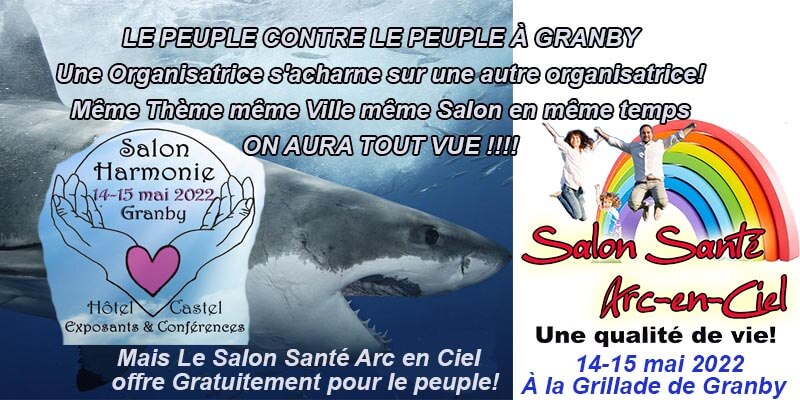
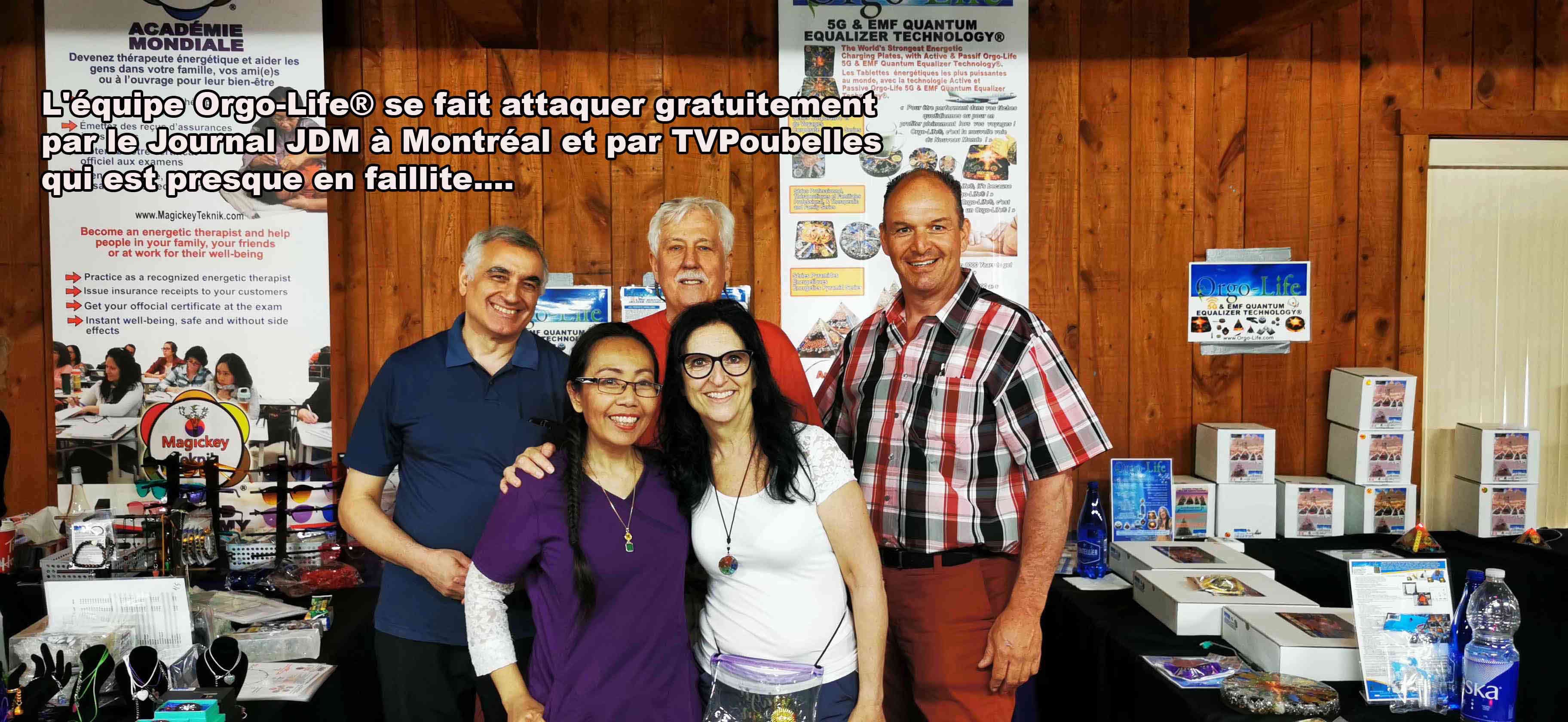
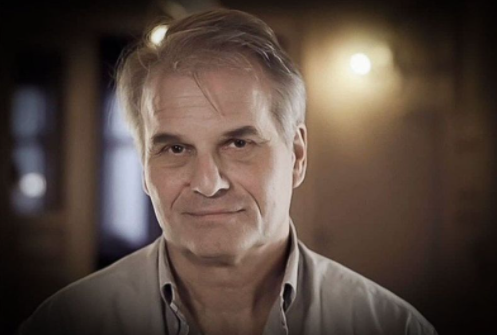

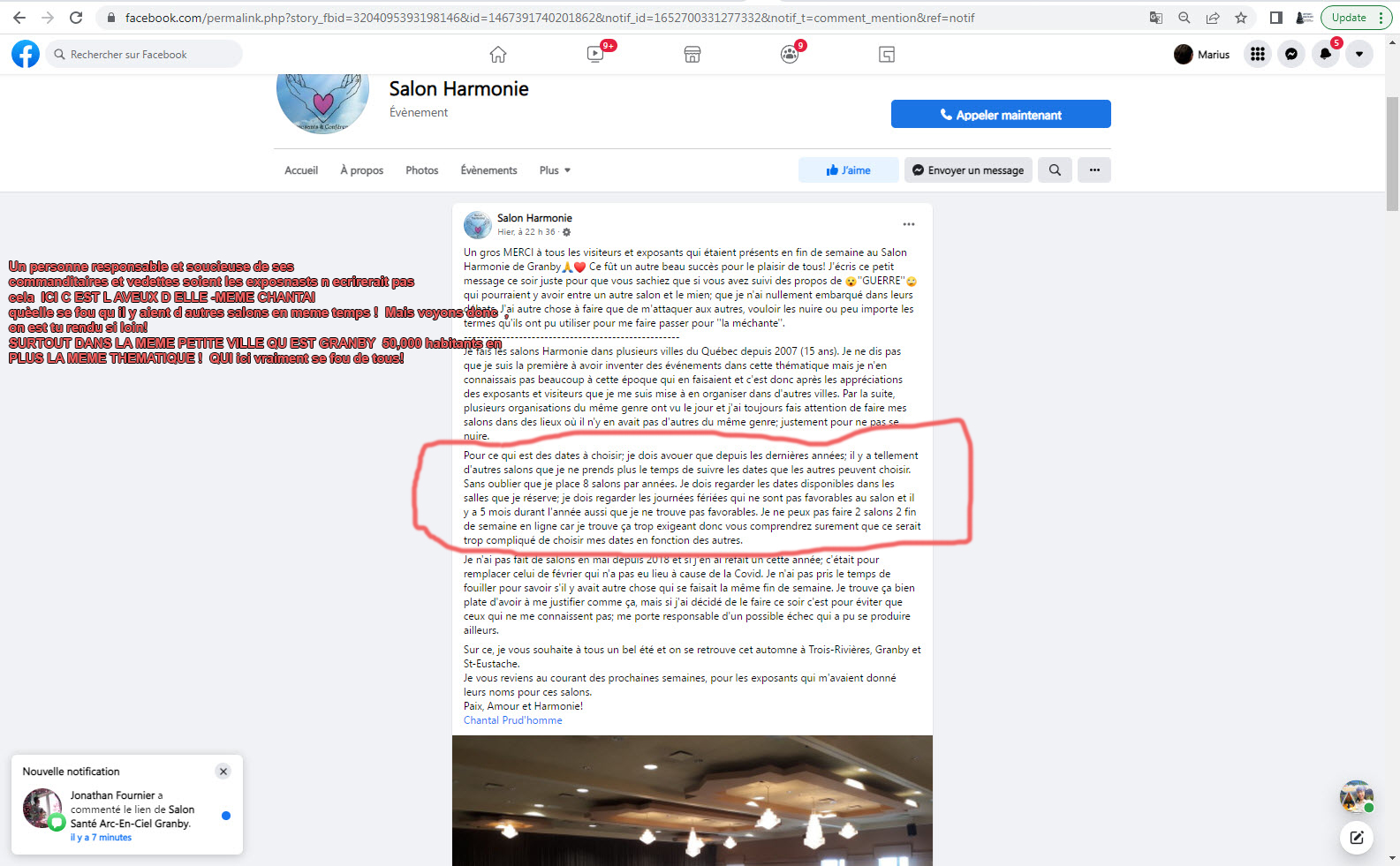
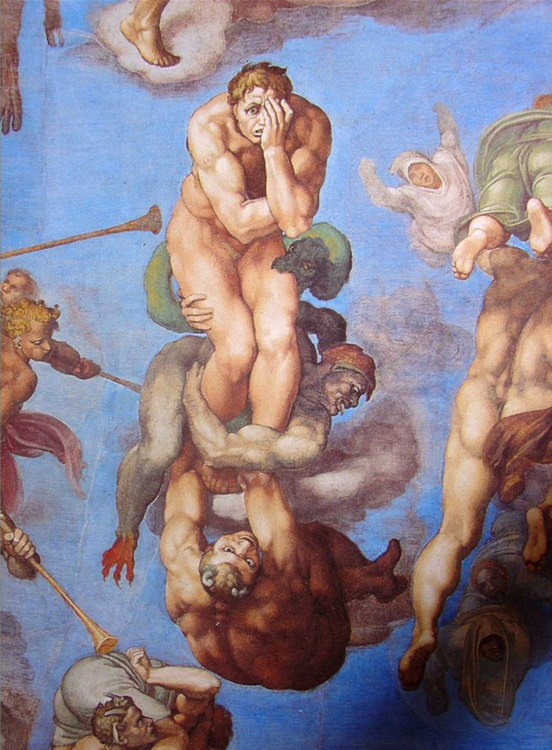
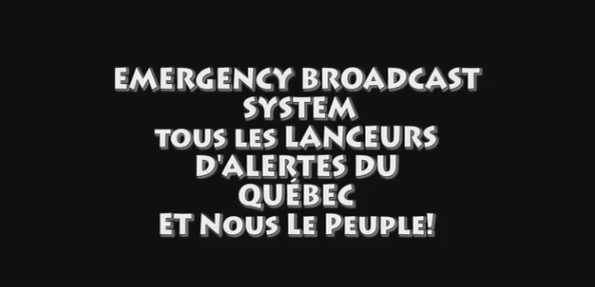
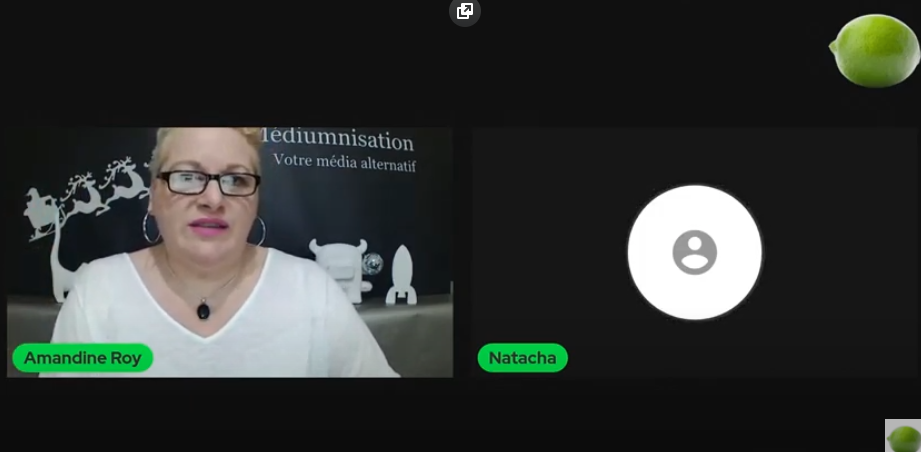




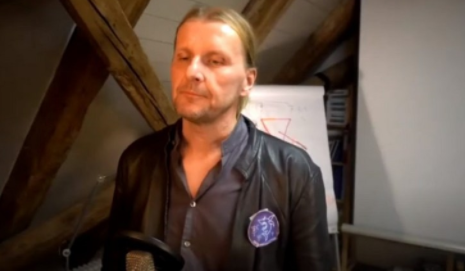



 French (CA)
French (CA)